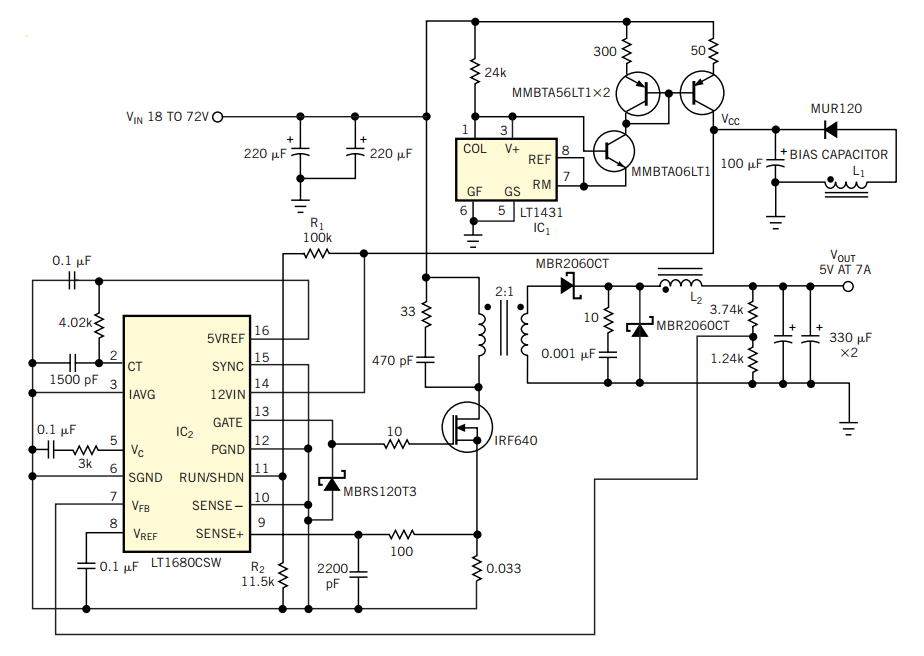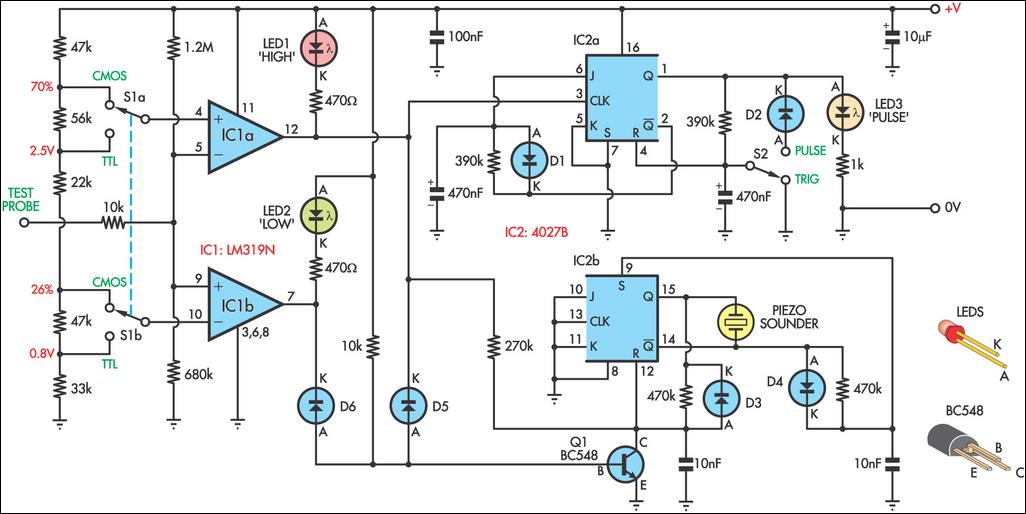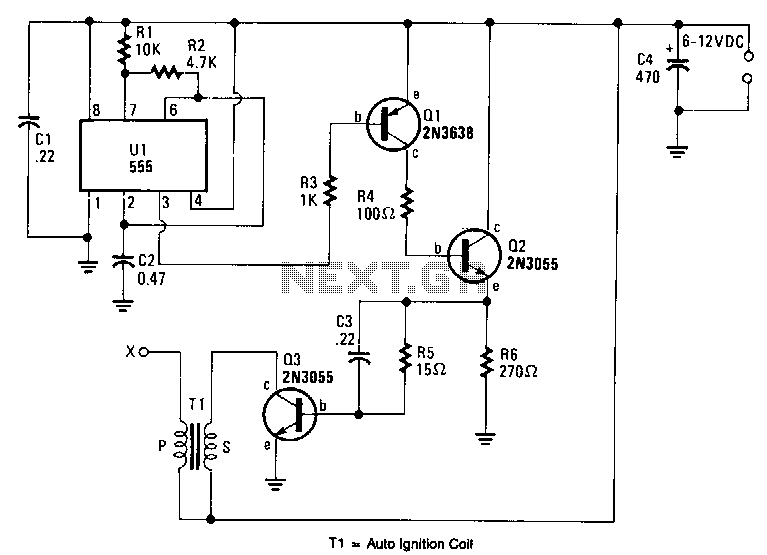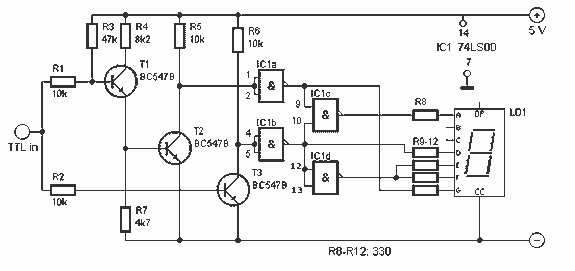
5V logic pulser is battery-powered

A battery-powered, pushbutton-triggered TTL/CMOS-compatible source of debounced 5V logic pulses is a simple but handy piece of test equipment to have in any tool kit. The circuit's battery-powered operation complicates what would otherwise be a trivial exercise in switch-bounce and timing-circuit design. The convenient use of battery power simultaneously imposes two requirements: near-zero quiescent-current draw and input-variation-tolerant voltage regulation.
The described circuit functions as a pulse generator, designed specifically to produce a clean, debounced output signal suitable for TTL (Transistor-Transistor Logic) or CMOS (Complementary Metal-Oxide-Semiconductor) applications. The operation begins with a pushbutton switch that, when pressed, triggers the generation of a logic pulse. Debouncing is essential in this application to prevent the mechanical noise generated by the switch from producing multiple unwanted pulses.
The circuit typically employs a combination of resistors, capacitors, and possibly a Schmitt trigger to ensure that the output signal transitions cleanly from low to high without any intermediate fluctuations. The timing characteristics of the pulse can be adjusted by selecting appropriate values for these components, allowing for customization based on the specific requirements of the application.
Power management is a critical aspect of this design, given the battery-operated nature of the circuit. The quiescent current draw must be minimized to prolong battery life, which can be achieved through the use of low-power components and efficient voltage regulation techniques. A linear regulator or a low-dropout (LDO) regulator may be used to maintain a stable 5V output, capable of tolerating variations in input voltage as the battery discharges.
In summary, this circuit serves as a reliable tool for generating debounced logic pulses, combining efficient power management with robust performance in a compact design. The integration of TTL/CMOS compatibility ensures versatility across various electronic projects and applications.A battery-powered, pushbutton-triggered TTL/CMOS-compatible source of debounced 5V logic pulses is a simple but handy piece of test equipment to have in any tool kit (Figure 1). The circuit`s battery-powered operation complicates what would otherwise be a trivial exercise in switch-bounce and timing-circuit design.
The convenient use of battery power simultaneously imposes two requirements: near-zero quiescent-current draw and input-variation-tolerant voltage regulation. 🔗 External reference
The described circuit functions as a pulse generator, designed specifically to produce a clean, debounced output signal suitable for TTL (Transistor-Transistor Logic) or CMOS (Complementary Metal-Oxide-Semiconductor) applications. The operation begins with a pushbutton switch that, when pressed, triggers the generation of a logic pulse. Debouncing is essential in this application to prevent the mechanical noise generated by the switch from producing multiple unwanted pulses.
The circuit typically employs a combination of resistors, capacitors, and possibly a Schmitt trigger to ensure that the output signal transitions cleanly from low to high without any intermediate fluctuations. The timing characteristics of the pulse can be adjusted by selecting appropriate values for these components, allowing for customization based on the specific requirements of the application.
Power management is a critical aspect of this design, given the battery-operated nature of the circuit. The quiescent current draw must be minimized to prolong battery life, which can be achieved through the use of low-power components and efficient voltage regulation techniques. A linear regulator or a low-dropout (LDO) regulator may be used to maintain a stable 5V output, capable of tolerating variations in input voltage as the battery discharges.
In summary, this circuit serves as a reliable tool for generating debounced logic pulses, combining efficient power management with robust performance in a compact design. The integration of TTL/CMOS compatibility ensures versatility across various electronic projects and applications.A battery-powered, pushbutton-triggered TTL/CMOS-compatible source of debounced 5V logic pulses is a simple but handy piece of test equipment to have in any tool kit (Figure 1). The circuit`s battery-powered operation complicates what would otherwise be a trivial exercise in switch-bounce and timing-circuit design.
The convenient use of battery power simultaneously imposes two requirements: near-zero quiescent-current draw and input-variation-tolerant voltage regulation. 🔗 External reference





